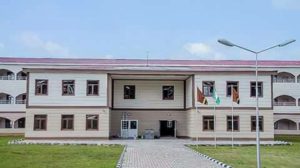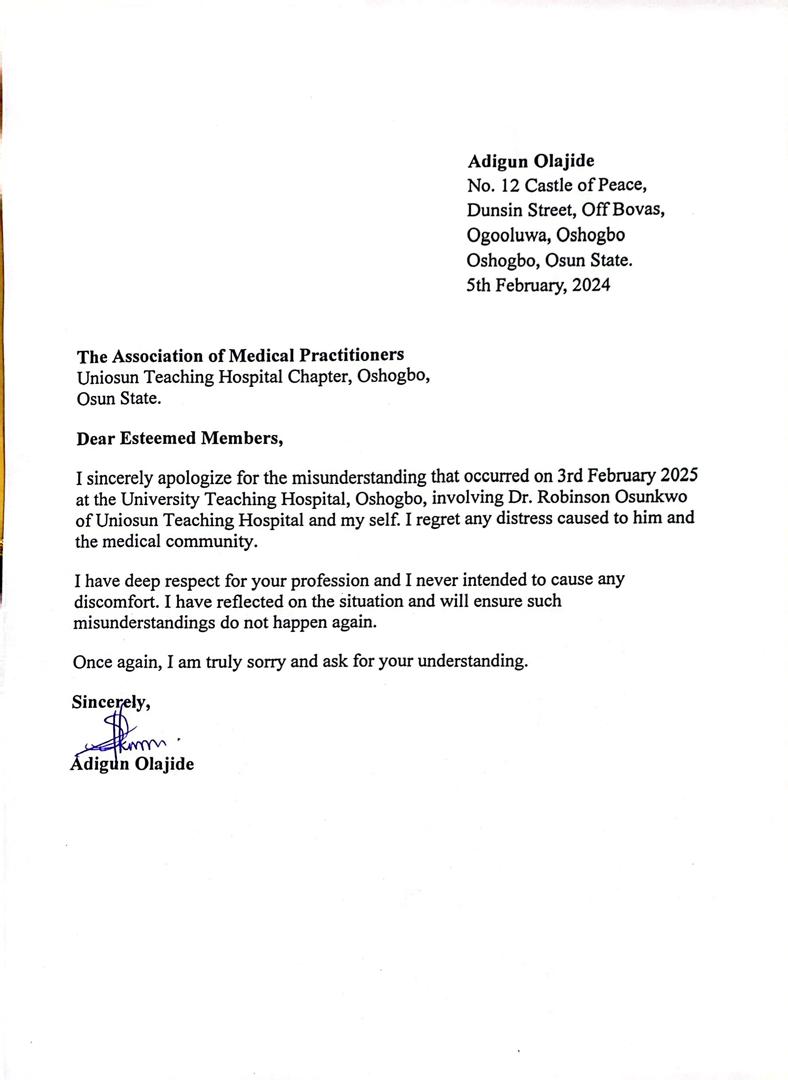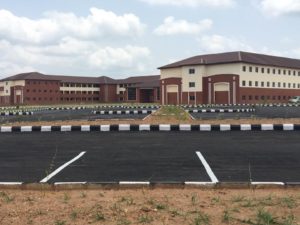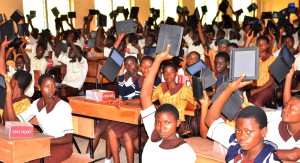News
Why UN Rated Osun as Nigeria’s Second Richest State

Why UN rated Osun as Nigeria’s second richest state
By INWALOMHE DONALD
THE United Nations’ Global Multi-Dimensional Poverty Index which ranked Osun State as Nigeria’s second richest state has three measurements and 10 indicators used to evaluate Overall Poverty. Every measurement is similarly weighted; every indicator within a measurement is additionally weighted, and included. The index uses 10 indicators to measure poverty in three dimensions: education, health and living standards. The United Nations Global Multi- dimensional Poverty Index published a report on the poverty rate of Nigerian states that ranked Osun State as second richest state. This ranking is largely on account of the state’s massive investment in education.
The Federal Bureau of Statistics had, at a time, buttressed the importance of education when it said that quality and functional education are a panacea to poverty. The state’s impressive ranking is not unconnected to the fact that its authorities are unreservedly committed to revamping education through the constructional of functional schools and the provision of other requirements for a sound educational system. The government has built and is still building many elementary schools, middle schools and high schools, to equip children with the skills required to eradicate poverty.
Osun’s education system under Governor Aregbesola has developed human capabilities in areas such as health, education, agriculture, finance, transportation, commerce and governance that are needed to eradicate poverty. Osun’s schools empowered people to improve their social, cultural and economic status. Huge investment in education and the skills acquired increased opportunities for economic growth as they are necessary for poverty eradication.
The prioritization of education in Osun has inspired many initiatives that have brought marked differences to the young minds in the state. The blueprint that emerged from the Education Summit the administration organised in its first year in office provides a useful direction for its drive to reposition education in the state. From huge investments in instructional materials and teaching aids, crucial changes in curriculum, corrective restructuring of schools into Elementary, Middle, and High in conformity with international best practice in school management, to the construction of mega schools, the administration moves on to ensure that public schools in the state become virile emporiums for sustainable capacity-building to eradicate poverty. In the last six years, remarkable successes have been recorded and rich lessons distilled from low points.
What exists in Osun in terms of educational infrastructure development is not symbolism but substance in developing IT and other careers to eradicate poverty. The educational system in the State of Osun has several innovations that have helped to reduce poverty, and received accolades at home and abroad. Beyond the massive construction of new schools, Osun School Feeding Programme (OMEAL) and introduction of Opon Imo, amongst other innovations, have not only placed Osun on the world map of educational development, it has prepared ground for a brighter future for the students of public schools in the state by eradicating poverty. The state governor had said that the education revolution was part of his administration’s resolve to build a new man in every child in the state, a decision which he said would help to sustain the future of the state and reduce poverty.
Osun schools have made advances in science and technology that are sure to change the state in the foreseeable future. Aregbesola has identified that you cannot fight poverty without education, and he is talking about public education because more than 90 per cent of the children are in public schools. When you address the issue of public schools, you are addressing poverty. In the 300 wards in the state, many schools have benefitted from Osun intervention programmes for schools.
When the state improved the standard of public schools, it saved not less than 50 per cent of what parents spend in private schools and they will get better services. Osun needs good education anchored by good leadership. Without education, you cannot have water engineers and electrical engineers. You cannot have a profitable agricultural sector. Even without education, you cannot have a good security system. It is when there is good education that you can secure your environment properly. The problem in the education sector is something systemic. It is not something that started in the last eight years.
The role of education in poverty eradication, in close co-operation with other social services, is crucial. No country has succeeded if it has not educated its people. Not only is education important in reducing poverty, it is also key to wealth creation. Within this context, one of the pledges of the Dakar Framework for Action – Education for All: Meeting our Collective Commitments – was “to promote EFA policies within a sustainable and well-integrated sector framework clearly linked to poverty elimination and development strategies.”
The role of education in this process is particularly one of achieving universal primary education and adult literacy. The report made by the Secretary-General of the United Nations within the context of the Decade for the Eradication of Poverty confirms that universal primary education is central to the fight against poverty. Understandably so, because this is the level of education through which most poor children pass and within which their achievements should assist them to break the cycle of poverty. In fact, education is the social institution that reaches the largest segment of the population with the goal of guiding it through a systematic learning process.
The state-of-the-art schools are of world standard, with all the facilities required in a 21st century standard educational institution anywhere in the world. No one would ever believe that such good quality schools exist in Nigeria, except they see them.
Just as the government has invested massively in infrastructural development, it has also invested in human capacity to gain competitive advantage. Besides the frequent training and retraining of teachers, particularly at the elementary, middle and high schools, one other major project that has been seen to be beneficial to teaching and learning was the introduction of the popular Opon Imo (Computer Tablet of Knowledge) to equip Osun students with ICT skills to eradicate poverty.
The state, through its Opón Ìmò Technology Enhanced Learning System (OTELS, has developed a learning tool that could revolutionise learning in developing states around the world and eradicate poverty.
This article was first published in The Sun Newspaper
-
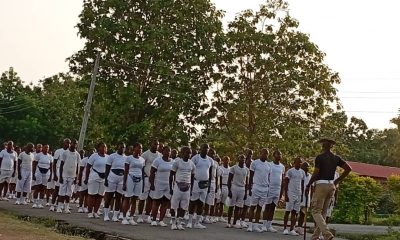
 News4 days ago
News4 days agoOsun Amotekun Corps To Hold Passing Out Parade For New Recruits Friday
-
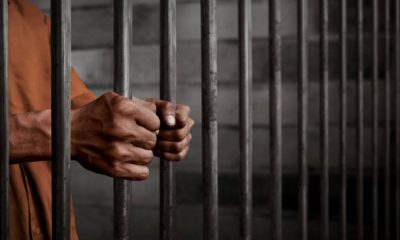
 Crime4 days ago
Crime4 days agoBus Driver Remanded In Prison For Allegedly Killing UNIOSUN Students
-
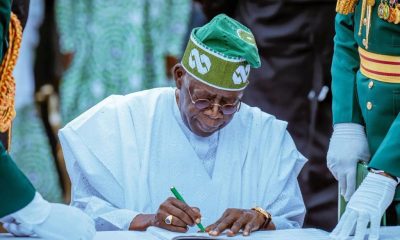
 News4 days ago
News4 days agoTinubu Appoints Governing Councils For Varsities
-
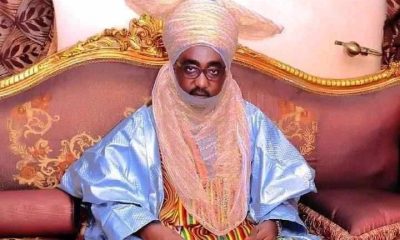
 Religion3 days ago
Religion3 days agoHardship: Stick To One Wife – Emir Advises Muslim Men


